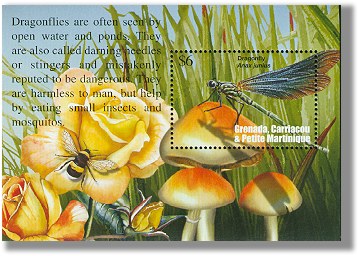There has been recent interest in the threat to bees posed by the use of systemic insecticides. One concern is that systemic insecticides may translocate from the soil into pollen and nectar of plants, where they would be ingested by pollinators. This paper reports on the movement of two such systemic neonicotinoid insecticides, imidacloprid and thiamethoxam, into the pollen and nectar of flowers of squash (Cucurbita pepo cultivars “Multipik,” “Sunray” and “Bush Delicata”) when applied to soil by two methods: (1) sprayed into soil before seeding, or (2) applied through drip irrigation in a single treatment after transplant.
The concentrations found in nectar, 10±3 ppb (mean ± s.d) for imidacloprid and 11±6 ppb for thiamethoxam, are higher than concentrations of neonicotinoid insecticides in nectar of canola and sunflower grown from treated seed, and similar to those found in a recent study of neonicotinoids applied to pumpkins at transplant and through drip irrigation. The concentrations in pollen, 14±8 ppb for imidacloprid and 12±9 ppb for thiamethoxam, are higher than those found for seed treatments in most studies, but at the low end of the range found in the pumpkin study. Our concentrations fall into the range being investigated for sublethal effects on honey bees and bumble bees.
Source:
Stoner KA, Eitzer BD (2012) Movement of Soil-Applied Imidacloprid and Thiamethoxam into Nectar and Pollen of Squash (Cucurbita pepo). PLoS ONE 7(6): e39114. doi:10.1371/journal.pone.0039114 (attached)

- Login om te reageren
